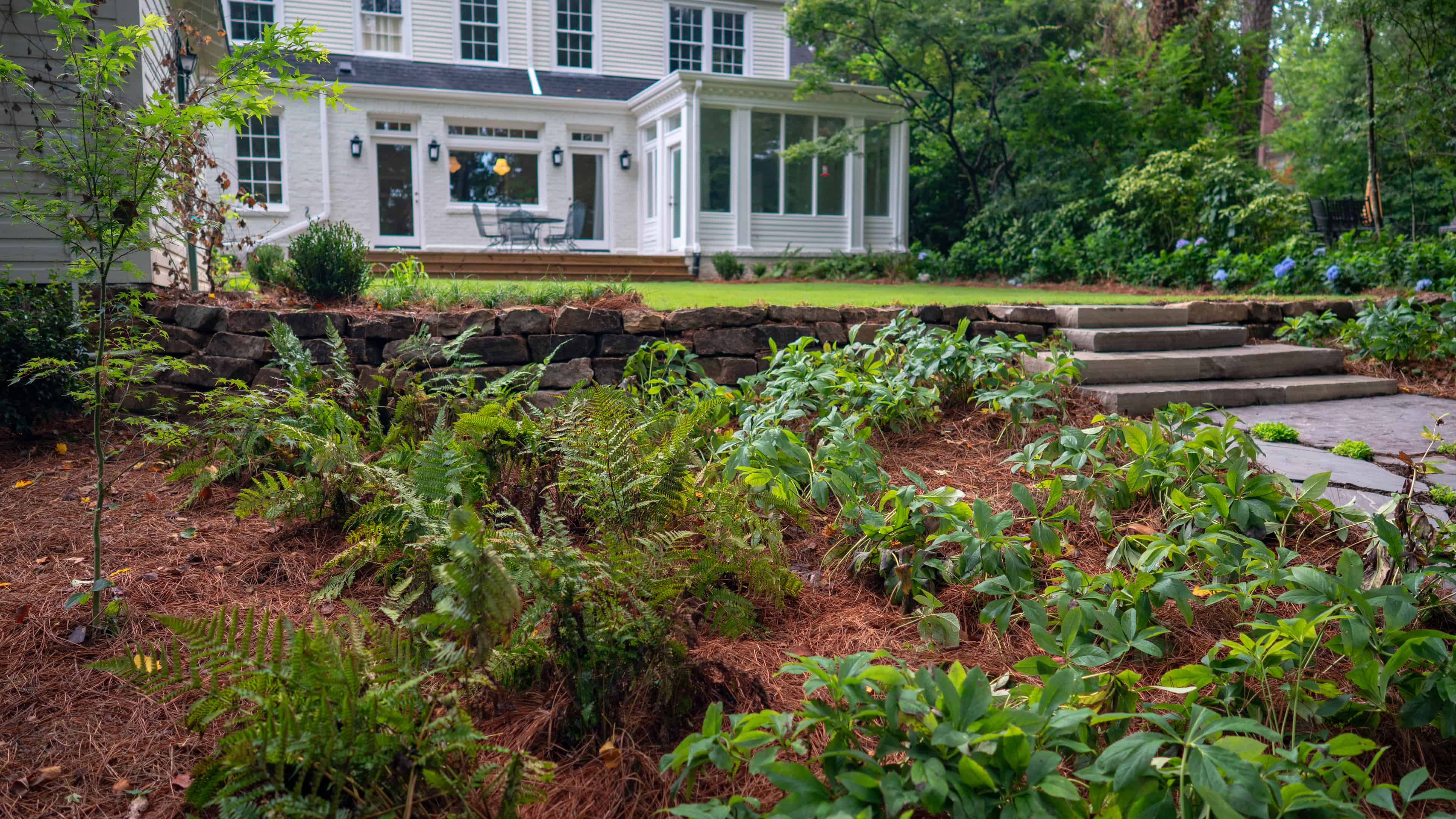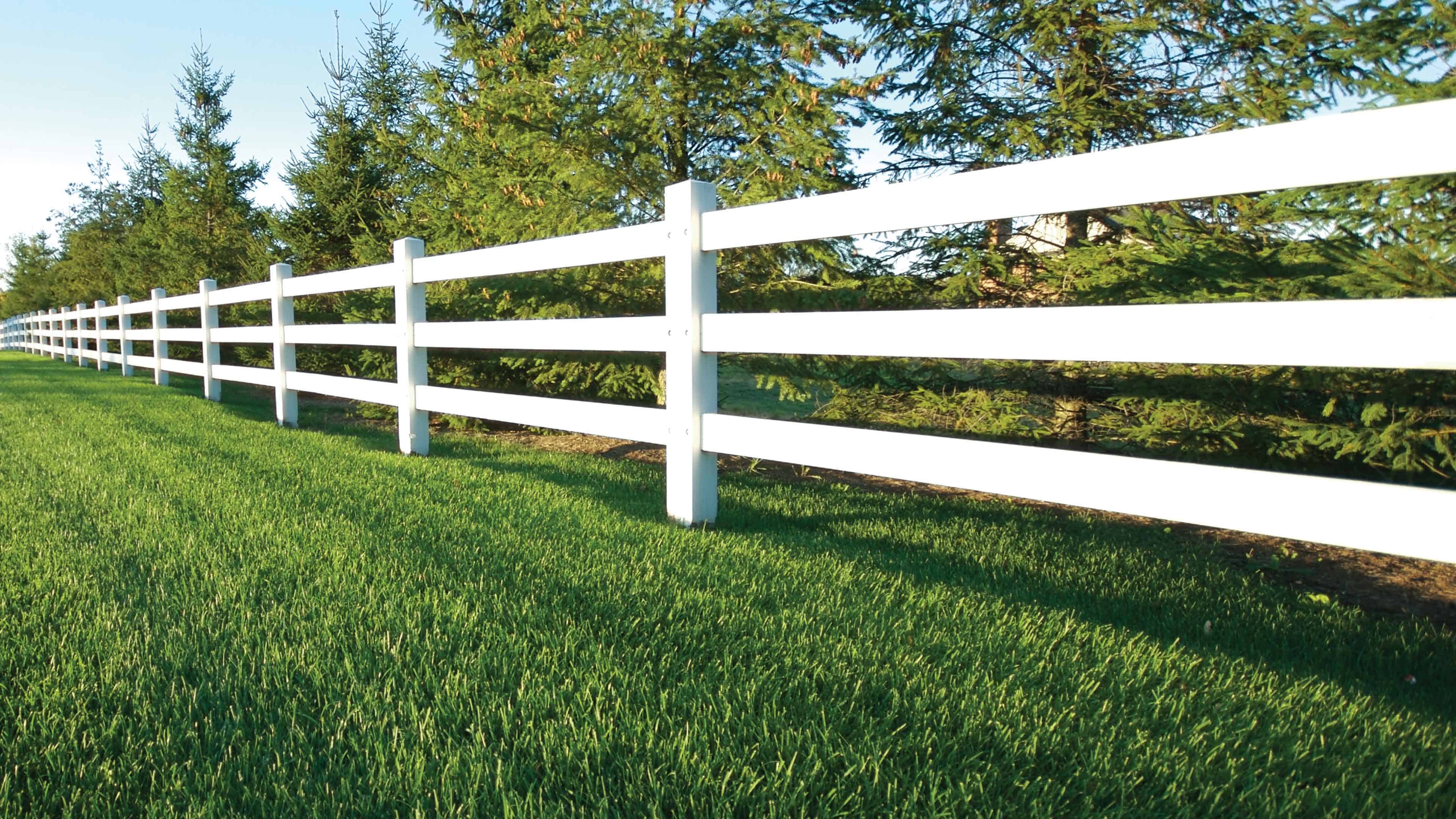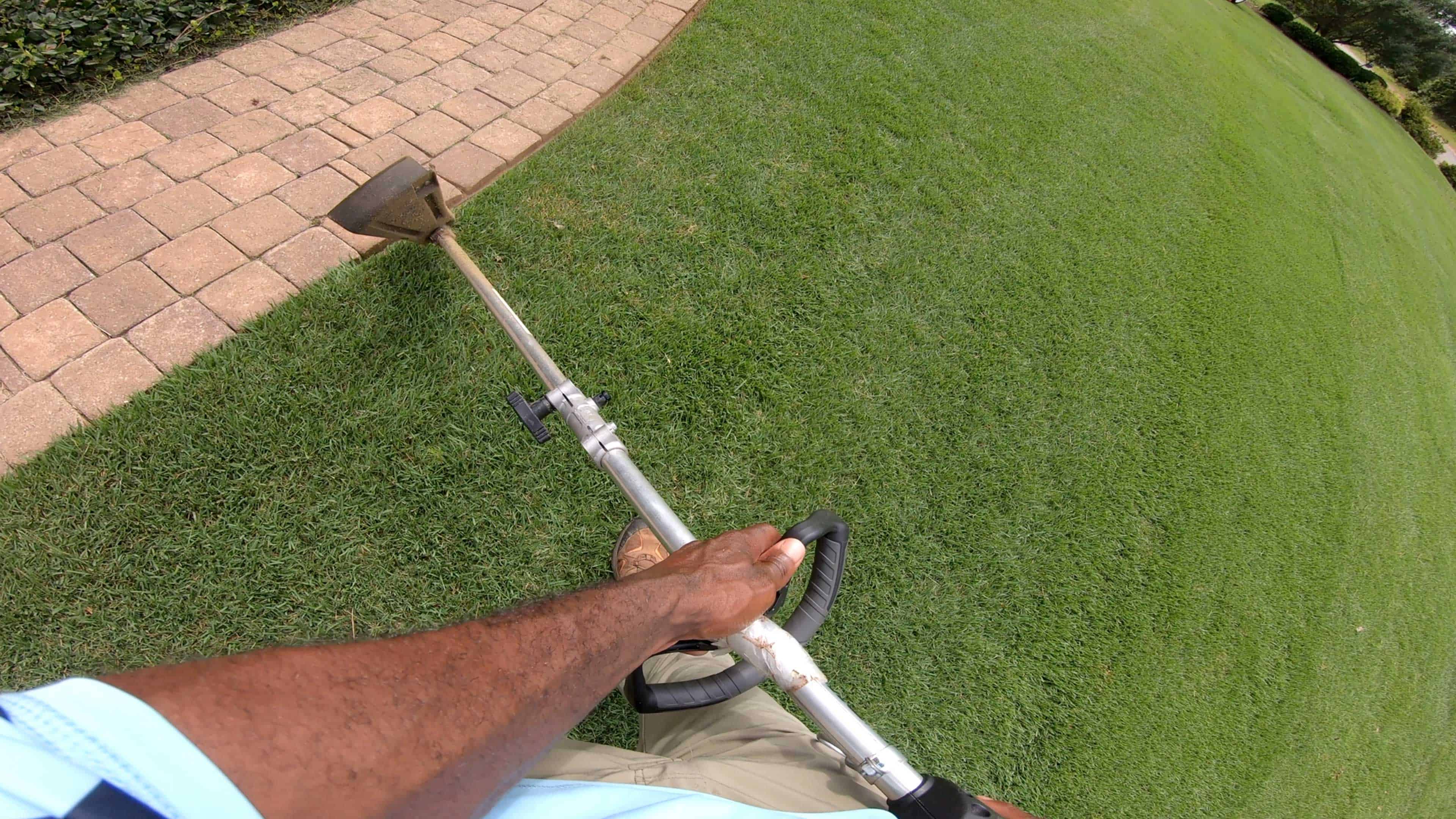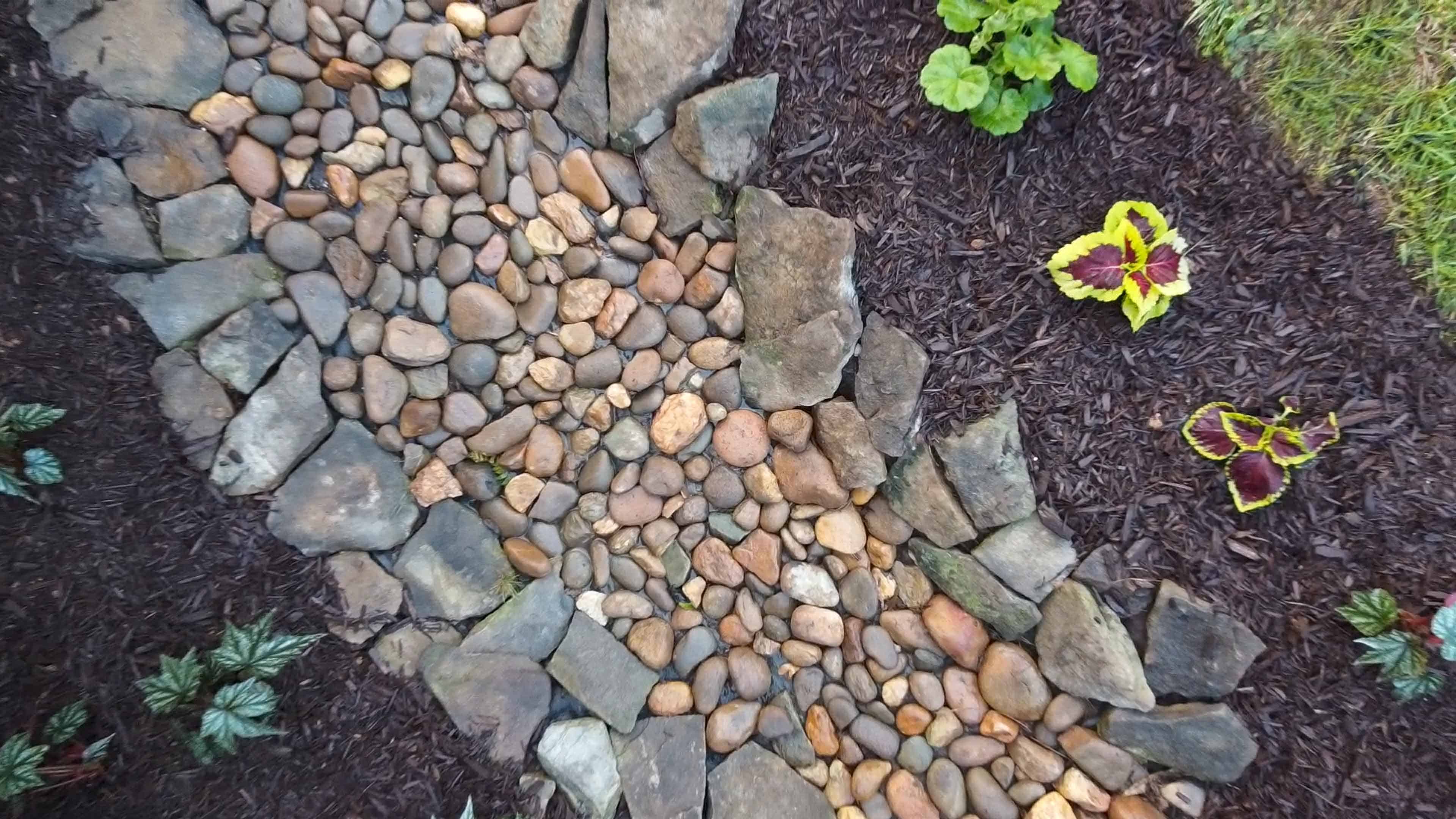Season changes, are a great time to get outside and do some landscaping. Transitional hardscaping or planting projects are a great way to organize and bring interest to your backyard. Want to learn how to create a transitional landscape? Then, check out our tips and ideas on everything from walkways to dry creek beds.

What is Transitional Landscaping
Transitional landscaping, is hardscape or planting designs that help bring detail and design to your gardens. Think of them as a way to create your own outdoor “rooms.” Typically classified as either sharp or gradual, most gardens will mix both to varying degrees. Below, are some common transitional design elements, and ways to bring them to life in your own landscaping.

Fences, Walls and Hedges
Adding a retaining wall or building a fence can really help structure and organize your garden space. Made from a variety of materials, fences, walls, and hedges are great ways to change or influence direction. However, if you get creative, they can also be used for a more gradual transitional landscaping project. You’ll just need to plan and consider your space, accordingly. Additionally, you can trim your hedges with softer edges for a more gradual and gentler transition.

Edging and Borders
Have you ever looked at your garden and felt like it wasn’t quite “finished?” If so, edging and borders could be just the transitional landscaping solution you’re looking for. Edging your garden beds with annual and perennial flowers is an easy way to create a cohesive look. And, when it comes to borders, the sky’s the limit. You can create them out of metal, brick, or even stone pavers to help put the finishing touch on your landscape. Of course, it’s always a good idea to take cues from your home’s architecture when planning your project.
Walkways and Paths.
Garden paths are both practical and great-looking transitional landscaping projects. Like borders, you can create them with stone pavers, brick, mulch or even recycled pallets. Not only are they visually appealing, paths are also a safe and easy way to connect yard spaces. Simply scan your property for spaces that would naturally connect, and you’ve found your path (literally!).

Dry Creek Beds.
If your property has slopes or low spots that collect excess water, dry creek beds can help correct it. Simply put, they’re a natural and beautiful landscaping transition. On rainy days, these natural water features will spring to life, plus prevent water pooling in your yard. Once built, you can even add plants along their edges for a polished look. More than just a drainage solution, they’re a beautiful addition to any outdoor space. Check out the article from Brian Latimer to learn how to build a dry creek bed.
Armed with these ideas and inspirations, choose which is best suited to your yard and then create a transitional landscape that will finish your dream outdoor space!



